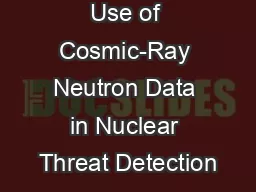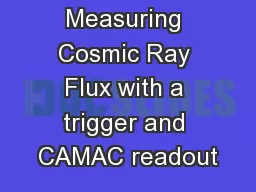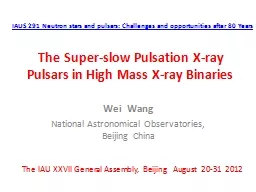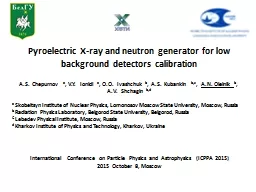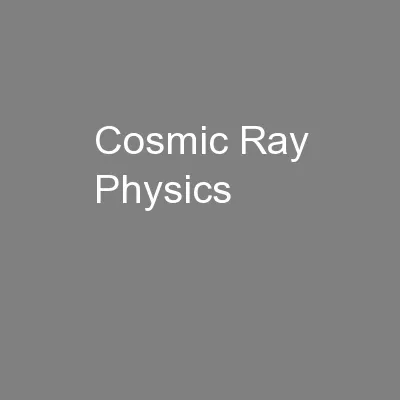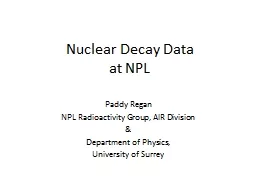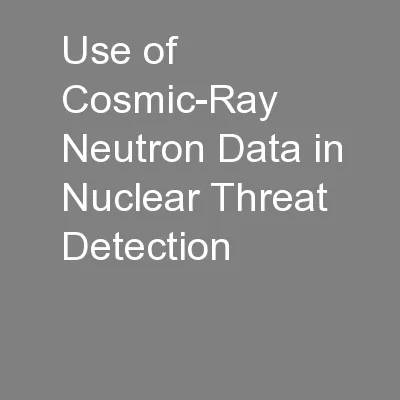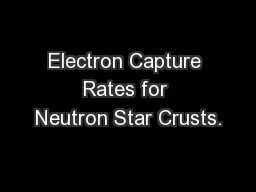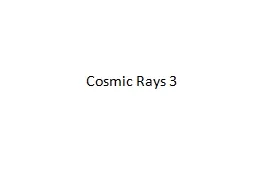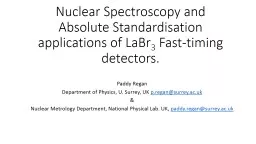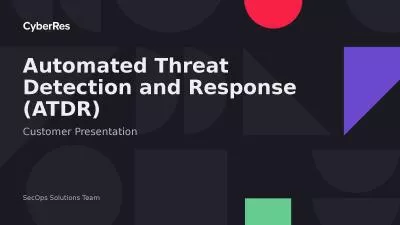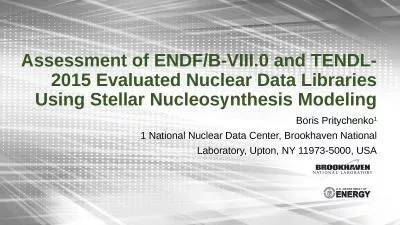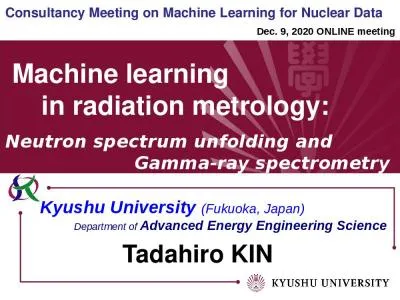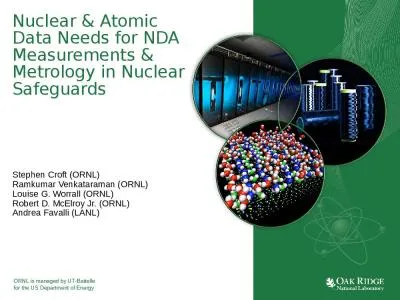PPT-Use of Cosmic-Ray Neutron Data in Nuclear Threat Detection
Author : briana-ranney | Published Date : 2016-09-13
and Other Applications Neutron Monitor Community WorkshopHonolulu Hawaii October 2425 2015 Physicist National Urban Security Technology Laboratory Science and
Presentation Embed Code
Download Presentation
Download Presentation The PPT/PDF document "Use of Cosmic-Ray Neutron Data in Nuclea..." is the property of its rightful owner. Permission is granted to download and print the materials on this website for personal, non-commercial use only, and to display it on your personal computer provided you do not modify the materials and that you retain all copyright notices contained in the materials. By downloading content from our website, you accept the terms of this agreement.
Use of Cosmic-Ray Neutron Data in Nuclear Threat Detection: Transcript
Download Rules Of Document
"Use of Cosmic-Ray Neutron Data in Nuclear Threat Detection"The content belongs to its owner. You may download and print it for personal use, without modification, and keep all copyright notices. By downloading, you agree to these terms.
Related Documents

